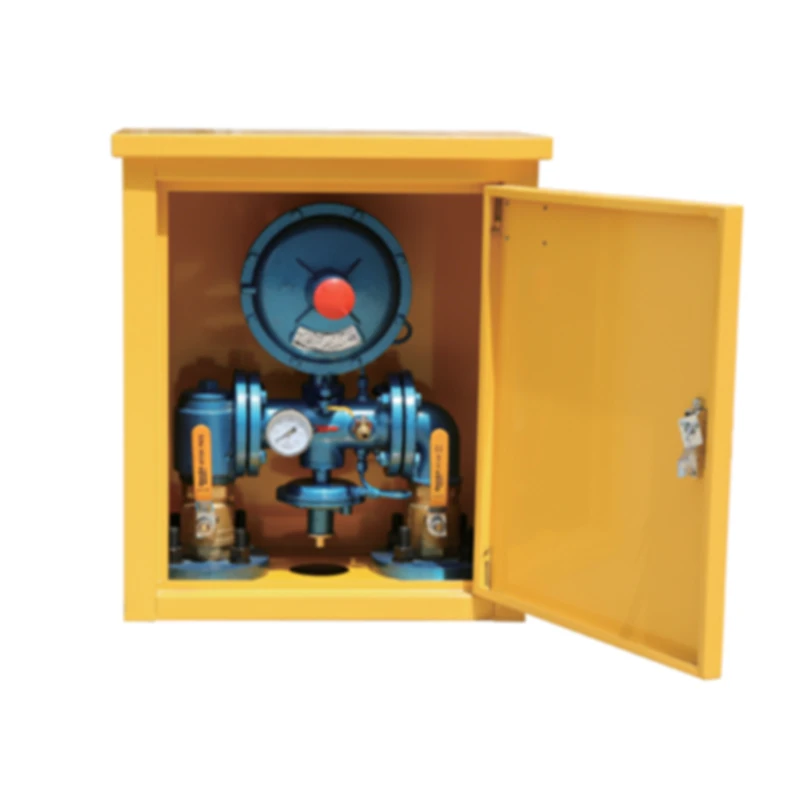
Dec . 03, 2024 23:08
Back to list
Safety Valve Mechanism and Its Importance in Pressure Management Systems
The Safety Valve An Indispensable Component in Modern Engineering
In today's rapidly advancing industrial landscape, safety takes precedence in all engineering disciplines. One of the key elements that ensures safety in various systems is the safety valve. This pivotal component plays a crucial role in the protection of equipment and personnel, making it an indispensable part of modern engineering practices.
A safety valve is designed to automatically release pressure from a system when it exceeds a predetermined limit. This function is vital in preventing catastrophic failures that could lead to explosions, fires, or other dangerous situations. Commonly found in boilers, pressure vessels, and gas systems, safety valves serve as a last line of defense against the buildup of excessive pressure.
.
Safety valves are governed by strict regulations and standards, such as those set by the American Society of Mechanical Engineers (ASME) and the European Pressure Equipment Directive (PED). These regulations ensure that safety valves are designed, manufactured, and tested to meet specific performance criteria. Regular maintenance and inspection of safety valves are also emphasized to ensure their reliability, as a malfunction could result in disastrous consequences.
صمام الأمان

Moreover, safety valves are available in various types, each suited for specific applications. The most common types include spring-loaded safety valves, pilot-operated safety valves, and multiple-port safety valves. Spring-loaded valves are widely used in low-pressure systems, while pilot-operated valves are preferable for high-pressure situations. Understanding the requirements of a particular application is crucial for selecting the appropriate type of safety valve.
The importance of safety valves transcends beyond just equipment protection; it also contributes to environmental safety. In industries dealing with hazardous materials, the failure of a pressure vessel could lead to spills or leaks, posing a risk to the environment. Safety valves mitigate these risks by ensuring that pressure is regulated effectively and any potential hazards are neutralized.
Despite their significance, the role of safety valves is sometimes overlooked. In many cases, organizations may prioritize cost savings or operational efficiency over adequate safety measures. This approach can be detrimental, as neglecting proper safety protocols can result in severe accidents, leading to loss of life and massive financial repercussions. Therefore, cultivating a culture of safety within organizations is essential, where the importance of components like safety valves is recognized and upheld.
In summary, safety valves are critical devices in the realm of engineering that safeguard equipment and protect lives. As industries grow and evolve, the complexity of systems increases, underscoring the need for reliable safety mechanisms. By ensuring that safety valves are correctly implemented, maintained, and utilized, organizations can achieve not only compliance with safety regulations but also foster a safe working environment for their employees. The investment in safety valves is, therefore, an investment in the overall success and sustainability of any operational framework.
In conclusion, as we pursue innovations and advancements in technology, the fundamental principles of safety should never be compromised. Safety valves stand as a testament to the engineering community's commitment to protecting lives and the environment. It is imperative that we continue to prioritize safety in design, implementation, and maintenance, ensuring that our industries not only thrive but do so responsibly and safely.
Latest news
-
Safety Valve Spring-Loaded Design Overpressure ProtectionNewsJul.25,2025
-
Precision Voltage Regulator AC5 Accuracy Grade PerformanceNewsJul.25,2025
-
Natural Gas Pressure Regulating Skid Industrial Pipeline ApplicationsNewsJul.25,2025
-
Natural Gas Filter Stainless Steel Mesh Element DesignNewsJul.25,2025
-
Gas Pressure Regulator Valve Direct-Acting Spring-Loaded DesignNewsJul.25,2025
-
Decompression Equipment Multi-Stage Heat Exchange System DesignNewsJul.25,2025

